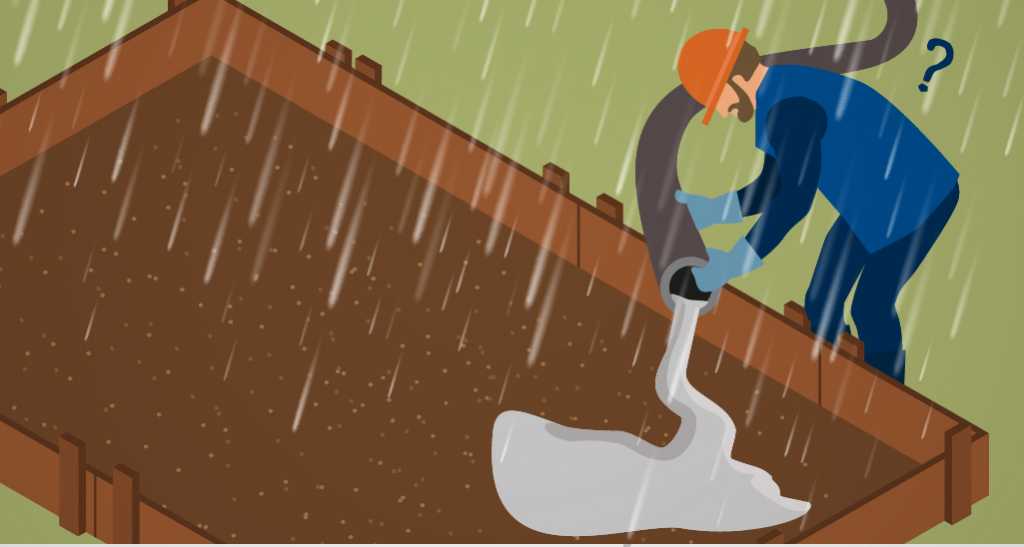Pouring Concrete In Cold Weather
Pouring concrete is a task undertaken by professionals and DIY enthusiasts around the world during a construction project. It is a vital part of the process, and it must be done correctly to ensure that the finished product is safe.
However, during certain times of the year and in certain areas of the world, the weather does not exactly help with the pouring of concrete. Pouring concrete in cold weather can be tricky, requiring extra care and certain steps to be taken that are different to pouring concrete in warmer climates.

The problem with pouring concrete in cold weather lies with the water within the concrete itself. If the water in freshly poured concrete is allowed to freeze, it will be irredeemably damaged, rendering the concrete unfit and unsafe for purpose.
The concrete does not have to freeze to be made redundant, either – if temperatures are low enough, the concrete will take longer to gain strength than usual, which can cause significant delays to your construction project.
The design code BS 8110 required that concrete should not be exposed to temperatures of below 5 degrees Celsius until the strength of the mixture has reached at least 5 MPa. These requirements are now listed in BS EN 13670, under the execution of concrete directive, rather than the now-withdrawn BS 8110.
Any surfaces that are going to be coming into contact with newly poured concrete must be at least 2 degrees Celsius, but there are no temperature restrictions on reinforcing bars, only that they do not have any ice or snow on them.
Looking for high quality concrete for your project? Get in touch.
ContactDos and Don’ts
- Make sure you check the weather forecast before commencing any pouring of concrete
- If you are using combustion heaters, make sure you vent them outside to avoid carbonation
- Use concrete curing blankets to prevent the concrete from freezing
- Use insulation blankets or heated enclosures to ensure that the concrete stays warm for three to seven days
- Do not seal freshly placed concrete until the bleeding and setting process has finished
It is important to remember that any concrete that freezes within the first 24 hours can have its 28-day strength reduced by up to 50%. Ensure that the temperature of the concrete does not drop below 4 degrees Celsius in order to prevent this loss of strength.
Total Concrete are experts in providing the highest quality concrete for commercial and domestic customers alike. From ready-mixed concrete, to on-site mixed concrete and concrete pumping services, we have everything you need for your construction project.
 Trade Zone
Trade Zone
